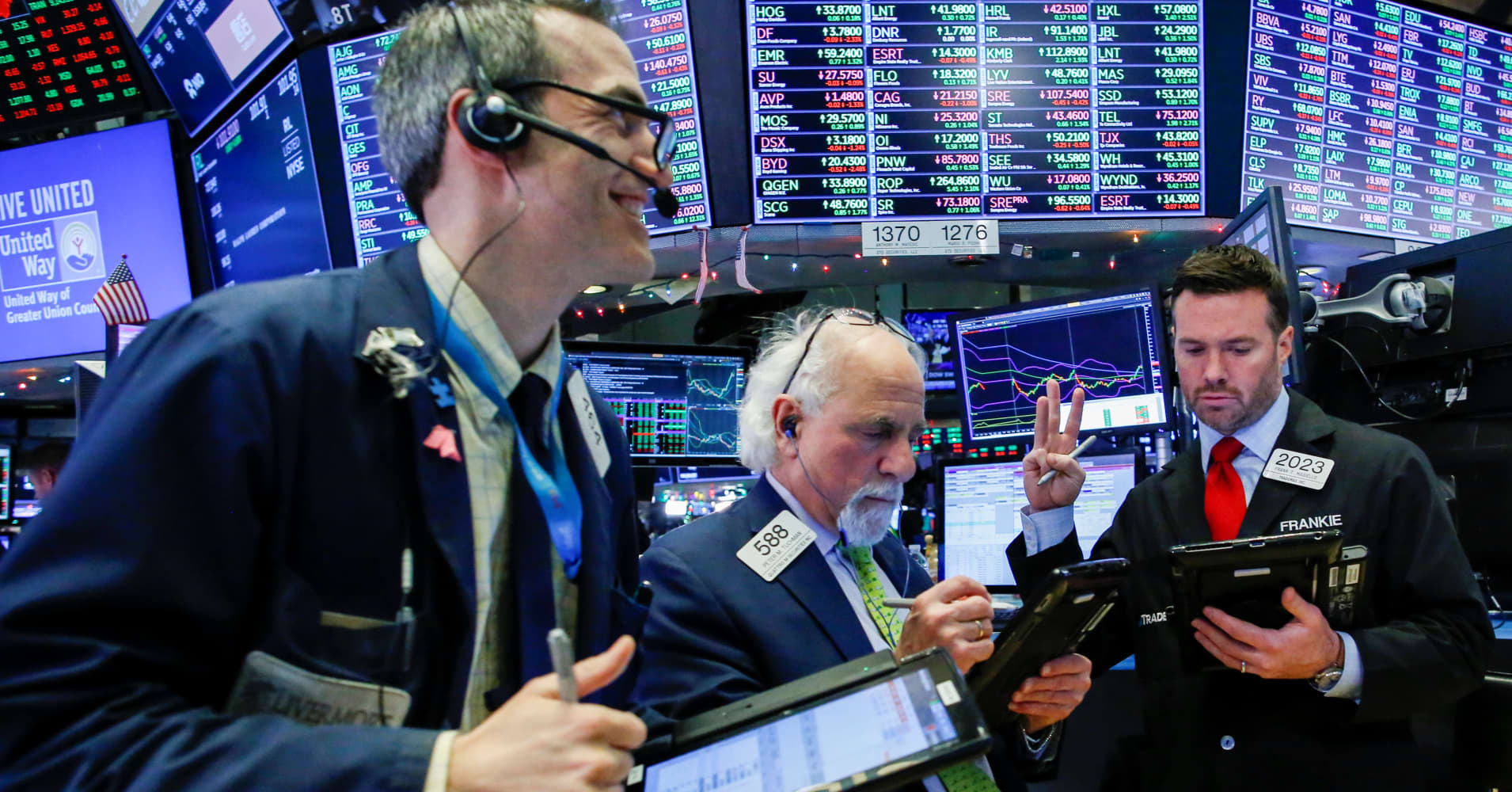
“The ‘good news is bad and bad news is worse’ psychology started in July. It obviously accelerated in October, and you saw broader market declines on growth fears,” he said. Emanuel said the new dovish tone of the Fed helped reverse the gloom that surrounded the roughly 20 percent decline in the S&P 500 late last year.
“Given the fact the Fed reduced the probability of recession this year, and perhaps early next, in a more normal market environment where valuations aren’t as much of a concern, you’re going to see more rational reactions to earnings results,” said Emanuel. “Some of these reactions are even more than we thought they were going to be. The underlying tone is perhaps more positive, but at the same time, you’re still seeing disappointing results getting punished, and that’s okay.”
Paul Hickey, co-founder of Bespoke, studied market reactions when there were a large number of negative earnings revisions, as there are now. For the S&P 500, he found it gained an average of about 3.3 percent by six weeks into the earnings season when negative revisions were this high or higher.
Source: Bespoke
“We came into earnings season with really low expectations. As far as analysts’ revisions, we’re really negative,” Hickey said. “When you tend to see the bar set low, you tend to see better performance during earnings season.”
Earnings are expected to be up by about 14 percent in the fourth quarter, compared with the more than 23 percent gain for the prior fourth quarter. Profit growth is also expected to continue to decline, with analysts projecting first-quarter growth in the single digits.
Emanuel said the reaction in earnings stocks is a positive sign for broader sentiment. “It indicates a greater willingness to accept the idea of peak earnings growth, which clearly you had last year at over 20 percent,” he said. “If you get earnings growth, somewhere around 5 or 6 percent, at these valuations, and in this kind of benign interest rate environment, stock prices can move higher, and that’s the start of a transition to a normal market environment.”
Emanuel said “juicing earnings with the creation of the tax law created a less normal environment.”
“A lot of these companies are starting to talk about reinvesting for growth and dialing back some of the buybacks … and the market isn’t afraid of that,” he said.
Be the first to comment